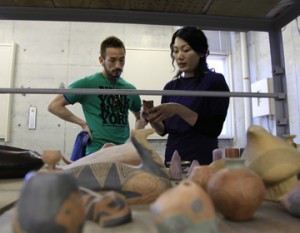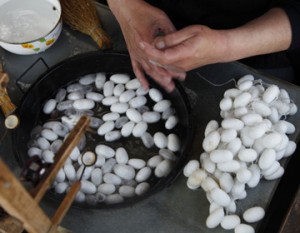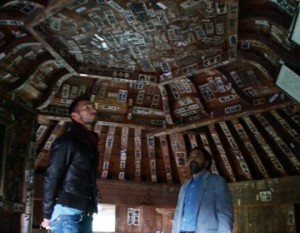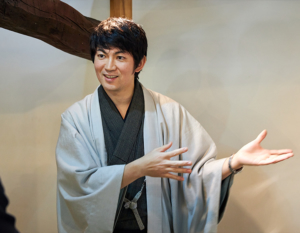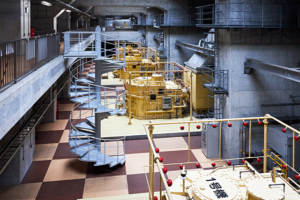Foundation of Japanese modernization
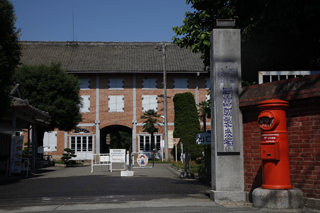
Japan’s first silk-reeling factory established in 1872. The Meiji government built this state-run silk mill factory as a way of promoting strong industry and increasing country’s wealth, .
Until then, silk-reeling required human labor in Japan, and therefore the production quantity was small, and there was an issue with stable quality. So the Meiji government asked French engineer, Paul Brunat, to direct the construction of the factory to introduce the latest silk-reeling machines and the use of steam locomotives. Hence the first silk-reeling factory was built in Japan.
Registered as World Industrial Heritage

At Tomioka Silk Mill, there are a series of brick buildings that bring images of the Meiji era. The West Cocoon Warehouse, built with wooden frames and bricks, is a unique building that retains most of its original state. Other buildings, such as the silk-reeling factory constructed before 1875, have been designated as Important Cultural Properties.
We went inside the silk-reeling factory with a guide. This building also remains almost as it was when it was built. The inside walls are painted white which looked very modern, and there were many rows of milling machines in this large space.

The Tomioka Silk Mill operated for 115 years up until 1987. The machines you see now were introduced in the Showa era. It was once filled with the sound of silk spinners and several hundred women attending the machines.
In 2007, ”The Tomioka Silk Mill and Related Industrial Heritage” was tentatively enlisted in the World Heritage. Later, it was officially registered as a World Heritage in 2014, and became the second Industrial Heritage in Japan following ”Iwami Ginzan”. This heritage shows the scale of the huge industry that once promoted the high-speed modernization of Japan.




